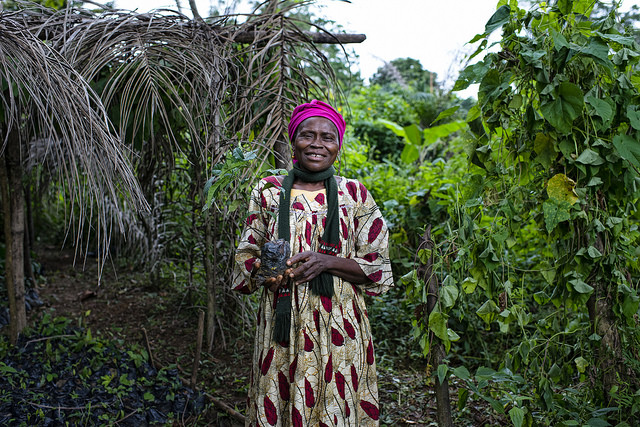Local and community governance
Since the 1980s, there has been a progressive decentralization of forest governance, with forest-dependent communities gaining greater management rights and responsibilities over their resources (Agrawal et al. 2008). Globally, there has been a rise in collaborative governance arrangements, wherein governments and communities are meant to share power, responsibilities and benefits from forest management (Ansell and Gash 2008). Yet two major challenges with these collaborative models have emerged. The first is an inadequate devolution of power from the state to communities, as governments retain significant control over decision-making processes and outcomes (Sarin et al. 2003; Ribot et al. 2006). The second is elite capture of decision-making, resources and benefits, as privileged segments of communities, such as more resourced, senior men, monopolize local forest governance processes (Persha and Andersson 2014).
The capacity of different groups to participate in local forest governance is shaped by factors of social differentiation, such as gender, age and socioeconomic status, which intersect to shape people’s ability to make decisions and access and control resources within their society (Sarin et al. 2003). Gender norms and other social structures that mediate women and men’s roles and relations lead to women’s underrepresentation in forest user groups (Sunderland et al. 2014), and hinder women’s active participation and influence in such groups even when they are formally represented (Agarwal 2010). Such processes can dissuade women and other excluded groups from adhering to collective forest management rules that have been established without their consent, and which may run counter to their needs and purposes. In contrast, women’s active participation in forest governance can promote sustainable management practices and improved forest incomes (Agarwal 2010; Mwangi and Coleman 2013). A substantial body of research looks at gender equity and social inclusion within community forest governance processes worldwide.
Case studies
Why don’t women participate in forest governance and what difference will their participation make?

Can local participation in community forestry foster social inclusiveness and gender equity?

This article from Bioversity International looks at community forestry approaches in India.
